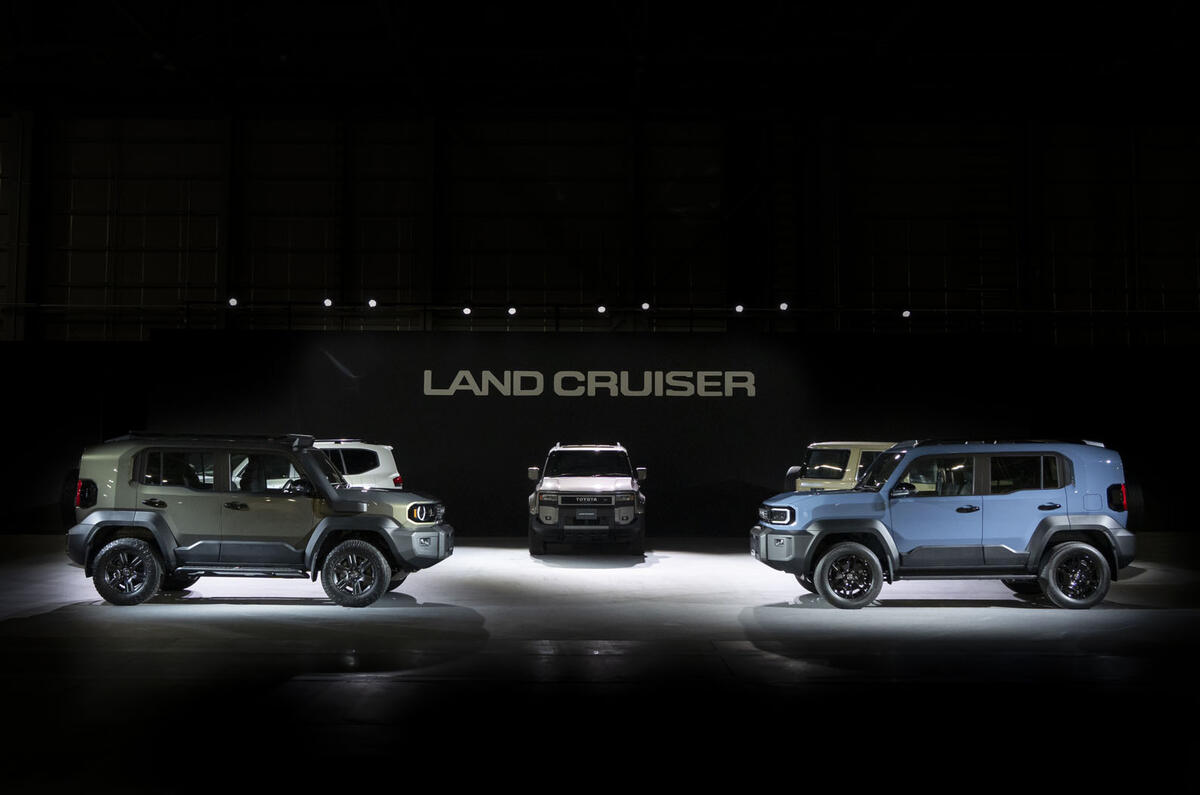The Japanese car industry is returning to its strengths at the Tokyo motor show (starting on 29 October) as it tries to fend off the growing threat globally from surging Chinese rivals.
Cars teased or pre-revealed for the event include the chunky, retro-flavoured Toyota Land Cruiser FJ, two new STi performance models from Subaru and a sporty Mazda concept that majors on the brand’s traditional design strength.




Add your comment